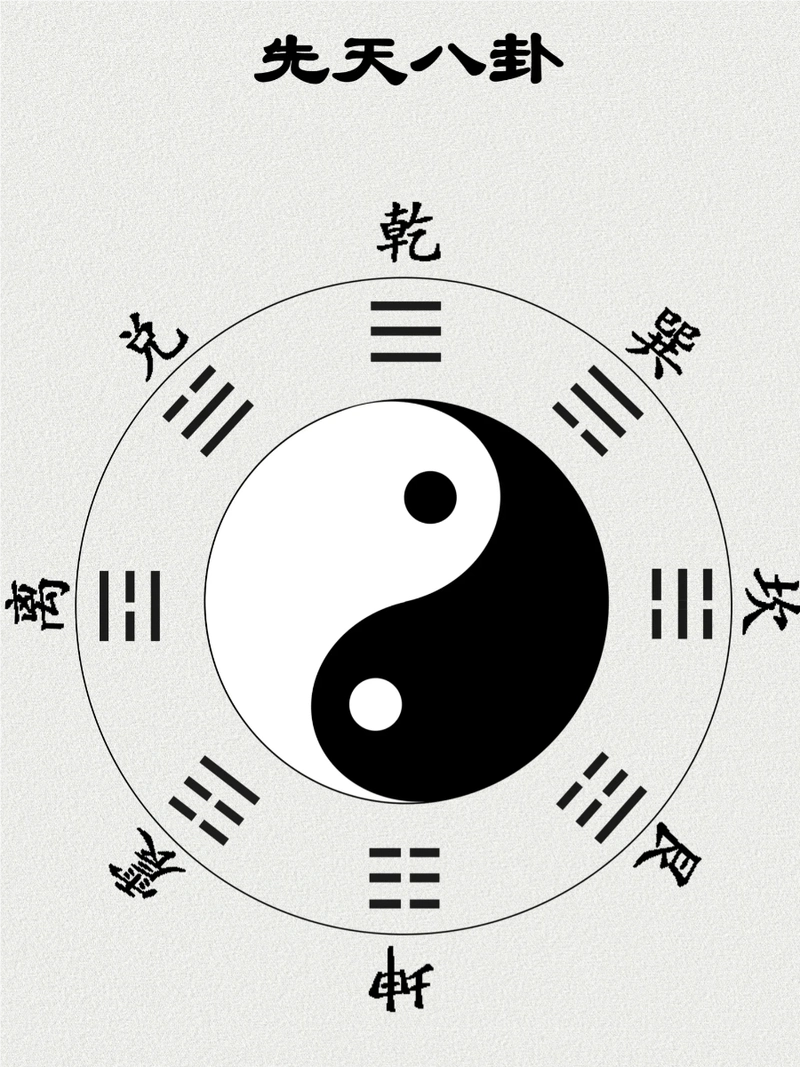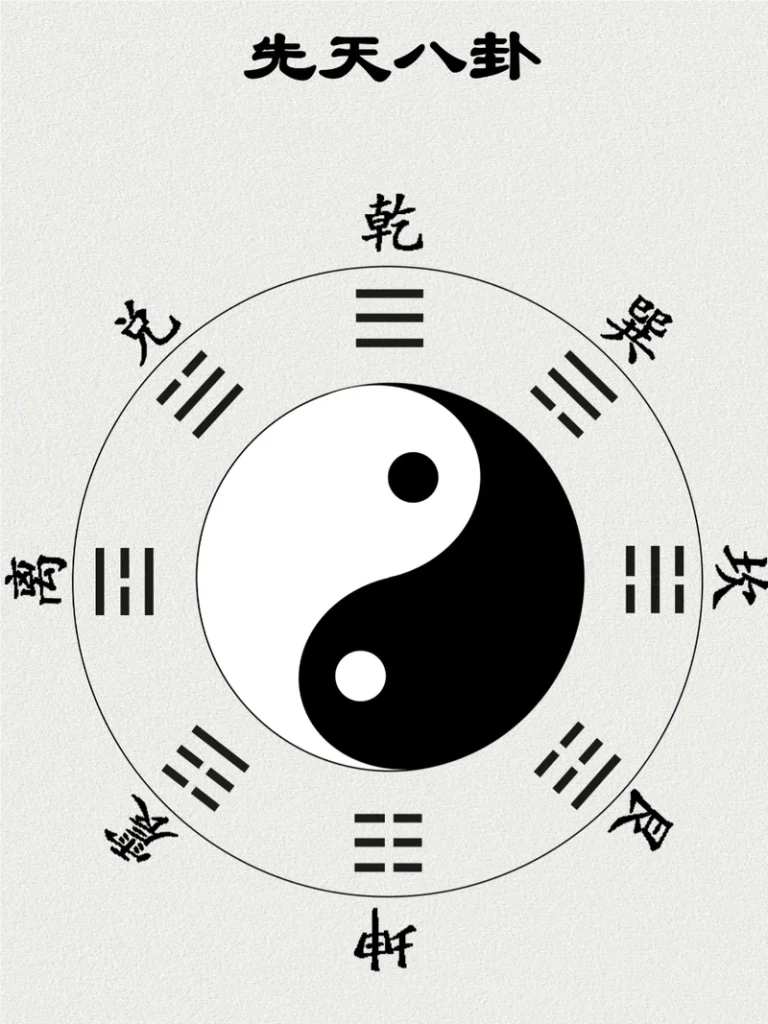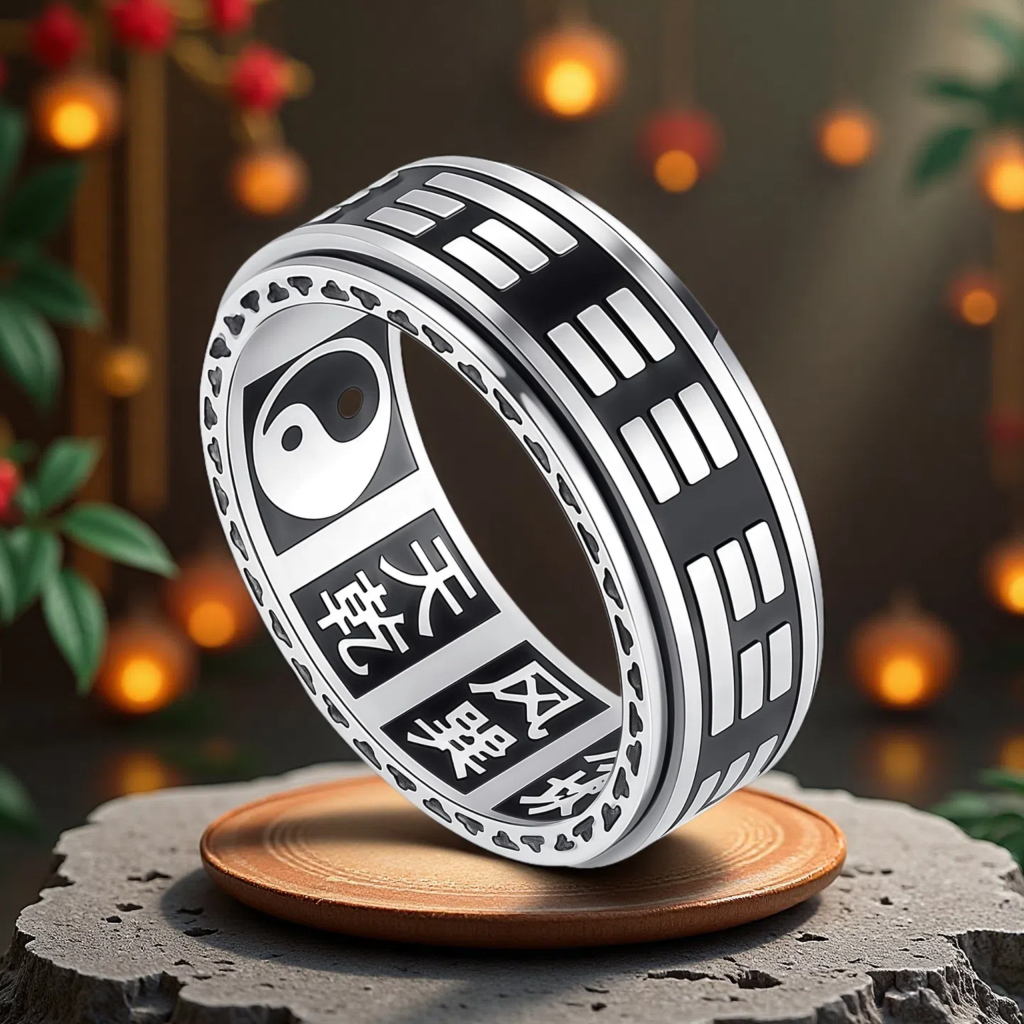The Cultural Inspiration Behind Taoist Bagua Symbols in Jewelry


What is the Bagua?
The Bagua, or Eight Trigrams, is one of the most iconic symbols in Taoist philosophy. Originating from the I Ching (Book of Changes), the Bagua represents the interactions between Yin and Yang and the natural flow of the universe. Each trigram carries its own meaning, symbolizing fundamental aspects of life such as heaven, earth, water, fire, thunder, wind, mountain, and lake.
Bagua as an Artistic Motif
For centuries, artists and craftsmen have used Bagua symbols not only in Taoist temples but also in architecture, textiles, and personal accessories. The geometric balance and symmetrical beauty of the design naturally lend themselves to jewelry-making. When placed on rings, pendants, or bracelets, Bagua patterns create a sense of harmony and timeless elegance.
Bagua Jewelry in Modern Fashion
In today’s world, Bagua-inspired jewelry has become popular among those who seek symbolism with style. Unlike mass-produced accessories, these designs stand out because they tell a story. They are appreciated by jewelry lovers who value cultural depth, meaningful design, and minimalist aesthetics.
From sleek titanium steel rings engraved with Bagua patterns to enamel bracelets that highlight the trigrams with color, these pieces bridge ancient philosophy and modern design.
Why People Love Bagua-Inspired Jewelry
Unique Design: Every piece carries symbolic meaning beyond decoration.
Cultural Connection: A wearable way to appreciate Chinese heritage.
Aesthetic Balance: The symmetry of the Bagua appeals to modern minimalists.

Conclusion
Bagua jewelry is not just about style—it’s about connecting with a timeless cultural legacy while enjoying a modern accessory. Whether worn as a subtle pendant or a bold statement ring, these pieces are perfect for anyone who values art, balance, and symbolism.
